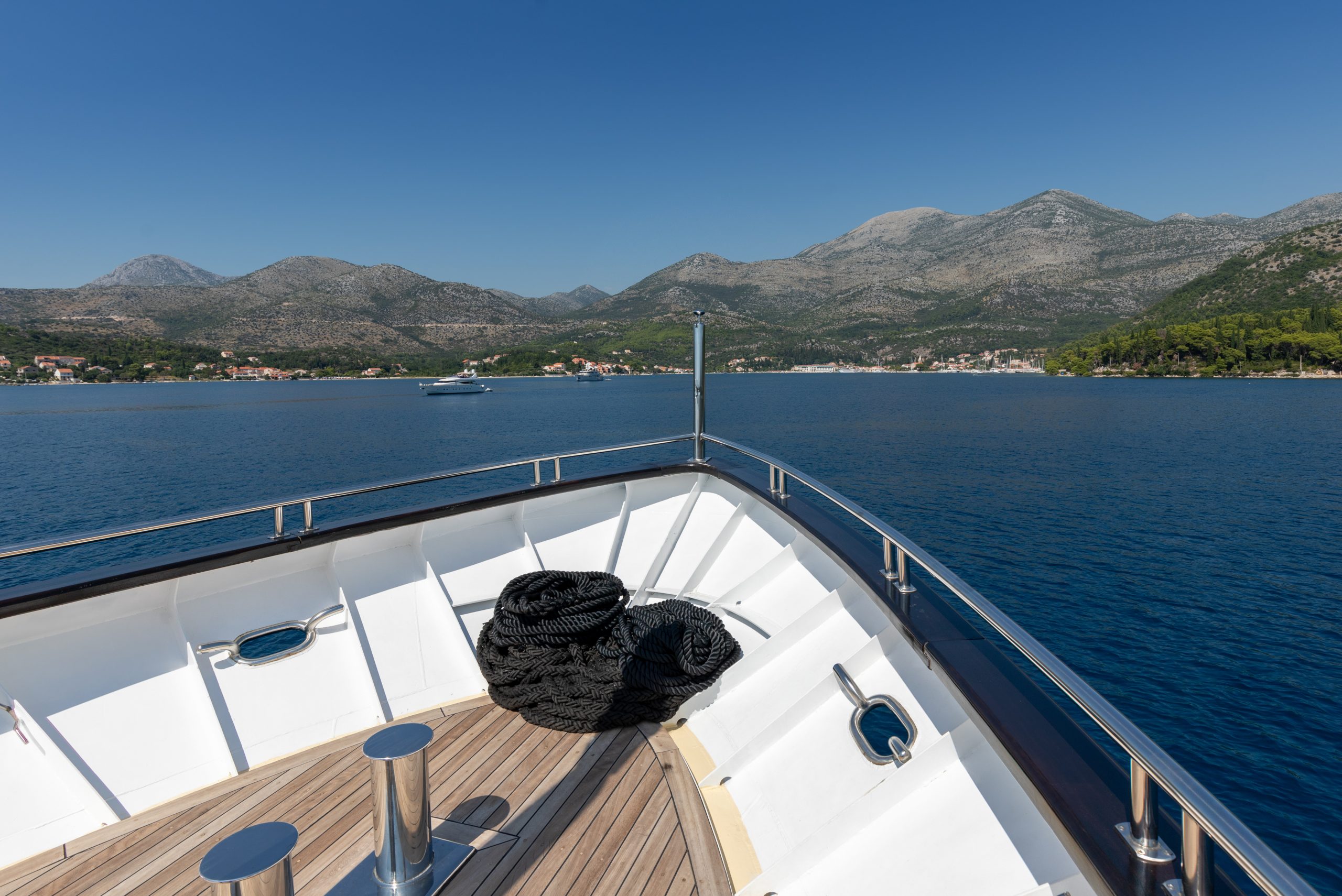Both river and coastal cruising are hugely popular at the moment. However, most people focus on where they’re going rather than the differences between the types of ships and the experiences they offer.
Look closely; there are plenty of differences between river and coastal cruising, probably more than you expect.
Discover what sets river and coastal cruising apart and which might be the best option for your holiday.
Ocean Ships Carry More Passengers
Coastal vessels often carry passengers in the thousands, whereas river cruisers are much smaller, with passenger numbers in the low hundreds, sometimes two hundred or less.
More passengers means bigger and better facilities – compare the splash pool on a river cruiser with the swimming pool on
a coastal vessel or the gym.
However, more people do mean less space and privacy. Some
river cruises in Europe deliberately favour small and intimate vessels that better suit certain rivers.
Cabin Size
It makes sense that if river ships are smaller with fewer passengers, then so are the cabins and staterooms. However, there’s always the option to choose a deluxe suite with a lounge.
However, a significant advantage of river cruisers compared to coastal vessels is that most companies design their ships always to have water-facing accommodation. On coastal vessels, a percentage of cabins won’t have a view.
Always check out deck plans carefully on river cruisers, as cabins vary enormously in size between the different lines. Newer vessels will also have balconies and panoramic windows.
Dining Options
Coastal ships are larger, so there are more dining options; some people like to eat in a different venue every night. River cruisers tend to have one formal restaurant and then something more casual, and that’s it.
There is a tendency toward more buffet-style eating on river cruisers, so breakfast and lunch are often buffet only, with the only formal multi-course meal in the evening. However, some river cruisers are now offering room service.
Whether you’re river or coastal cruising, check out how many port calls are on the itinerary, as this is an opportunity for the chefs to stock up on fresh, local produce and produce delicious regional dishes.
Port Itineraries
River cruising can be really full on, with a different port every day offering several excursions. The tours are optional but can make for a jam-packed holiday.
Coastal cruising, in comparison, will have days at sea where passengers can enjoy the amenities of the ship and the pleasure of being on the ocean with just beautiful views for company.
River cruisers are smaller vessels, so they can often access port stops that larger coastal vessels can’t. This can make a big difference to the visitor experience when you sail into the heart of cities like Paris.
Final Thoughts
River and coastal cruising are pretty different, and they both have advantages and disadvantages.
If you can’t make your mind up, why not take
a cruise on one of the world’s famous rivers and book a spectacular coastal voyage? It’s like apples and pears, distinctly different, but both are equally tasty!

